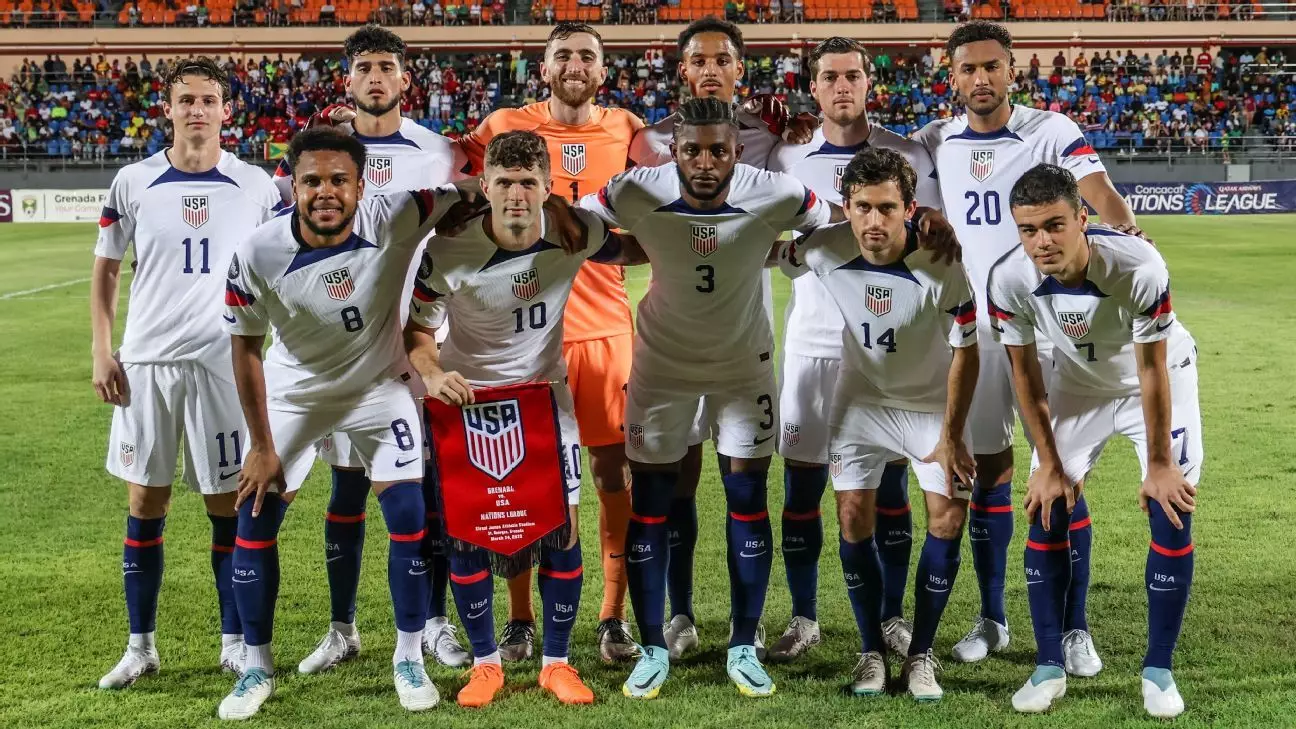The landscape of American soccer has been evolving over the years, with domestic leagues playing a crucial role in the development of players for the U.S. Men’s National Team. The recent game on March 24, 2023, where the U.S. first division was not represented on the game-day roster, marked a significant moment in the history of the sport. This occurrence sheds light on the changing dynamics of American soccer and the impact of leagues such as Major League Soccer (MLS) and the USL Championship on the national team.
MLS: A Critical Step in Player Development
Despite the diminishing presence of MLS players on the national team roster, it’s important to recognize the critical role that the league plays in developing American talent. U.S. head coach Gregg Berhalter emphasized the importance of MLS as a stepping stone for players, highlighting the investment made by owners in the growth of the league. MLS has been instrumental in nurturing players through its academies, as seen in the significant number of players from MLS NEXT academies on national team rosters.
USL’s Contribution to Player Development
In addition to MLS, the USL Championship also plays a vital role in providing a platform for young American players to kickstart their careers. The league aims to be a place where players begin their journey, eventually transitioning to bigger clubs both domestically and internationally. With a focus on playing minutes and competitive environments, the USL is committed to shaping the next generation of U.S. national team players.
While the growth of domestic leagues has created more opportunities for American players, it has also brought new challenges. MLS clubs are increasingly targeting players in their mid-20s, limiting the chances for younger talents to break through. This trend has resulted in a decrease in the percentage of minutes played by Americans in MLS, despite the league’s expansion. The competition for playing time has intensified, making it harder for emerging players to establish themselves.
Closing the gap between domestic leagues and European football is a shared goal for MLS and the USL. The focus on developing players who can compete at the highest level on the global stage is essential for the growth of American soccer. While each league has its own objectives and priorities, the success of the U.S. Men’s National Team is a common interest that can benefit all stakeholders. As the 2026 World Cup approaches, the emphasis on producing top-tier talent is more crucial than ever.
The impact of domestic leagues on the U.S. Men’s National Team cannot be understated. While MLS and the USL face challenges in ensuring the development of young American players, they play a crucial role in shaping the future of American soccer. The evolution of these leagues will continue to influence the national team’s success and competitiveness on the international stage. As American soccer progresses, the collaboration between domestic leagues and the national team will be essential in achieving sustained growth and excellence.
